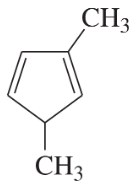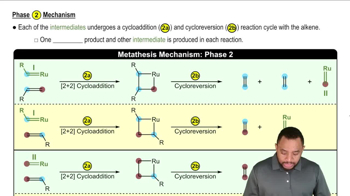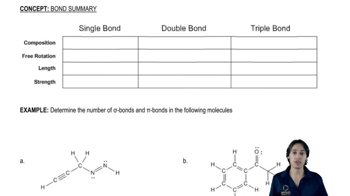Draw a structure for each compound (includes old and new names).
a. 3-methylpent-1-ene
b. cis-3-methyl-3-hexene
c. 3,4-dibromobut-1-ene


 Verified step by step guidance
Verified step by step guidance Verified video answer for a similar problem:
Verified video answer for a similar problem:



 1:55m
1:55mMaster How to name alkenes and alkynes with a bite sized video explanation from Johnny
Start learning